I ran PPC campaigns back in the days when you could outbid competitors for pennies on the dollar.
Worked in high-volume agencies, hustled on affiliate projects, and consulted for big brands.
I learned there’s one basic truth in PPC: the right tool can completely transform your performance.
Below, I’m sharing the 13 best PPC optimization tools in 2025 that actually get the job done.
I’ve used them to manage multi-million dollar ad spends, and I recommended them to clients who needed to tighten up their campaigns.
So, if you’re tired of using low-impact platforms and you want something that cuts the excess and delivers better results, this list is for you.
If you are not interested in hearing my personal opinions about the tools, then here is a quick diagram that shows the mentioned tools:
1. SEO.AI

I work at SEO.AI, so it’s no shock I mention it here, but the real reason it stands out for PPC is its product feed optimizer.
If you want to lower your ad costs and boost performance, this tool is built for you.
In 2025, SEO.AI leveled up its feed optimization features, giving PPC marketers a direct way to enrich product listings for Google Merchant Center and other ad platforms.
The result? Higher-quality feeds, better relevance, and more clicks for less spend.
Here’s what makes the product feed optimizer a game changer for ads:
- AI-Driven Attribute Optimization: Every product attribute—title, description, category, and more—is meticulously optimized and enriched by AI. Your ads appear for more relevant queries and avoid wasted spend on irrelevant clicks.
- Real Search Intent Matching: The platform analyzes real search intent and injects the right keywords into each attribute. Your product data speaks the language of your customers and aligns with Google’s algorithm, making your ads more likely to surface for high-converting searches.
- Error-Free, Compliant Feeds: AI fixes missing, invalid, or misformatted values so your listings stay compliant and never get disapproved. Fewer feed errors mean your ads run smoothly and consistently.
- Seamless Merchant Center Integration: Connect directly to Google Merchant Center with no manual mapping or extra feeds. This streamlines setup and ensures your optimized product data flows straight into your ad campaigns.
- Direct Impact on Ad Performance: Optimized feeds lead to higher ad relevance, better Quality Scores, and lower CPCs. You get more visibility and clicks without increasing your budget.
For anyone managing both SEO and PPC, it’s a serious time-saver that keeps your brand voice sharp and consistent across campaigns, while directly improving your paid ad results.
If you are new to paid ads (maybe you come from SEO), then check out our guide on what PPC management is before you pick a tool.
2. Optmyzr
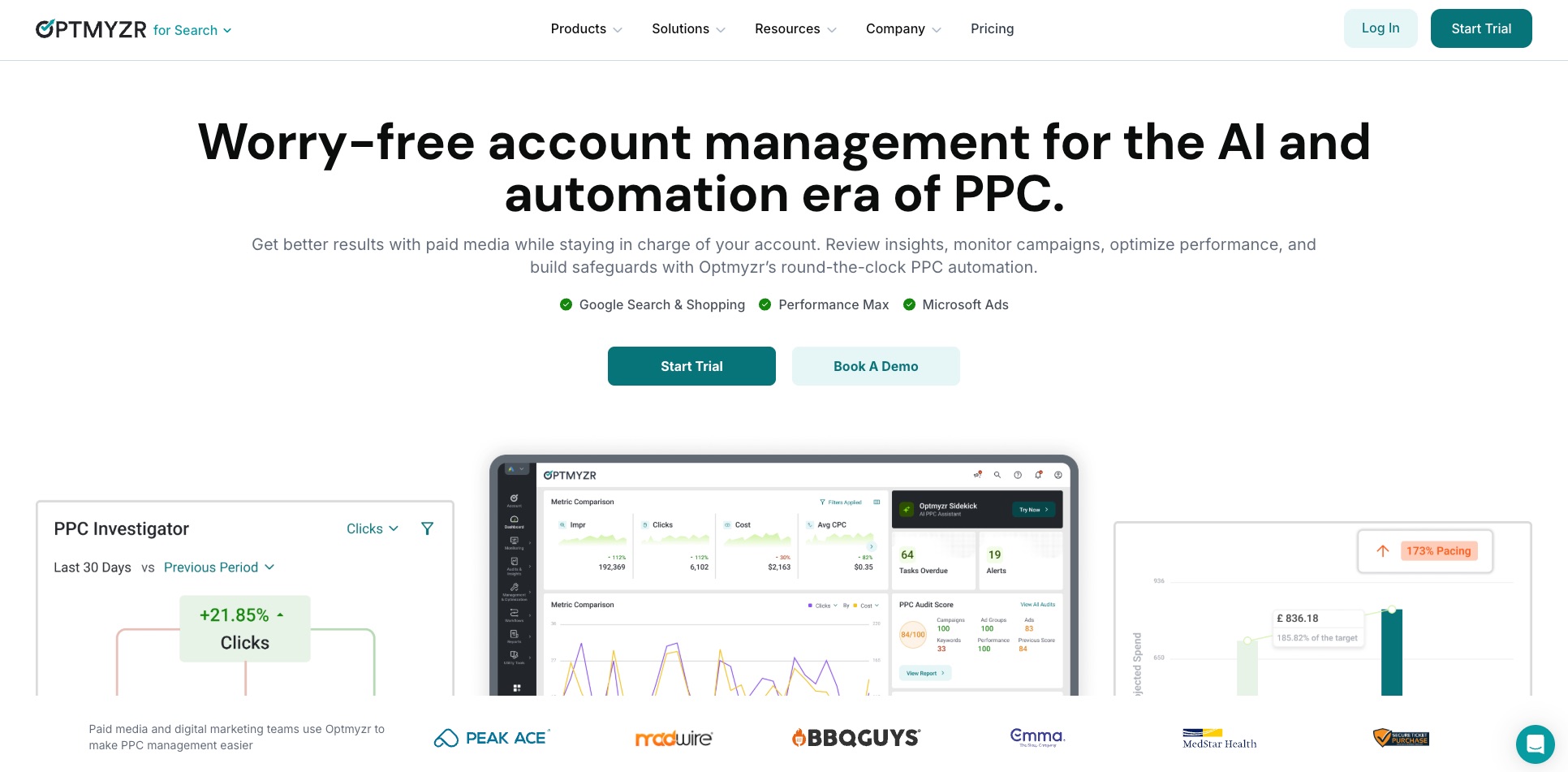
Optmyzr has been around for a while, and in 2025 it’s improved even more.
It offers automated scripts, custom reporting, and a smart rules engine that saves you from spending the whole day managing your campaigns.
What attracted me to Optmyzr originally was its Smart Suggestions system. T
hese suggestions show which ads are overspending and which keywords need a negative match. In short, it serves as an optimization partner hidden inside software.
The best part for me is the Reporting Suite.
I can generate branded reports that truly inform my clients. No more generic data dumps.
Optmyzr uses templates that highlight metrics in a clean, modern layout. A good tip is to use these templates to produce weekly progress snapshots.
Clients appreciate the transparency, and I save hours that would otherwise go into manual spreadsheet work.
Key Perks:
- Automated alerts to fix issues before they drain your budget.
- Bulk changes for large accounts, which is essential when managing hundreds of keywords.
- Customizable PDF reports for clients and team members.
3. Google Ads Editor
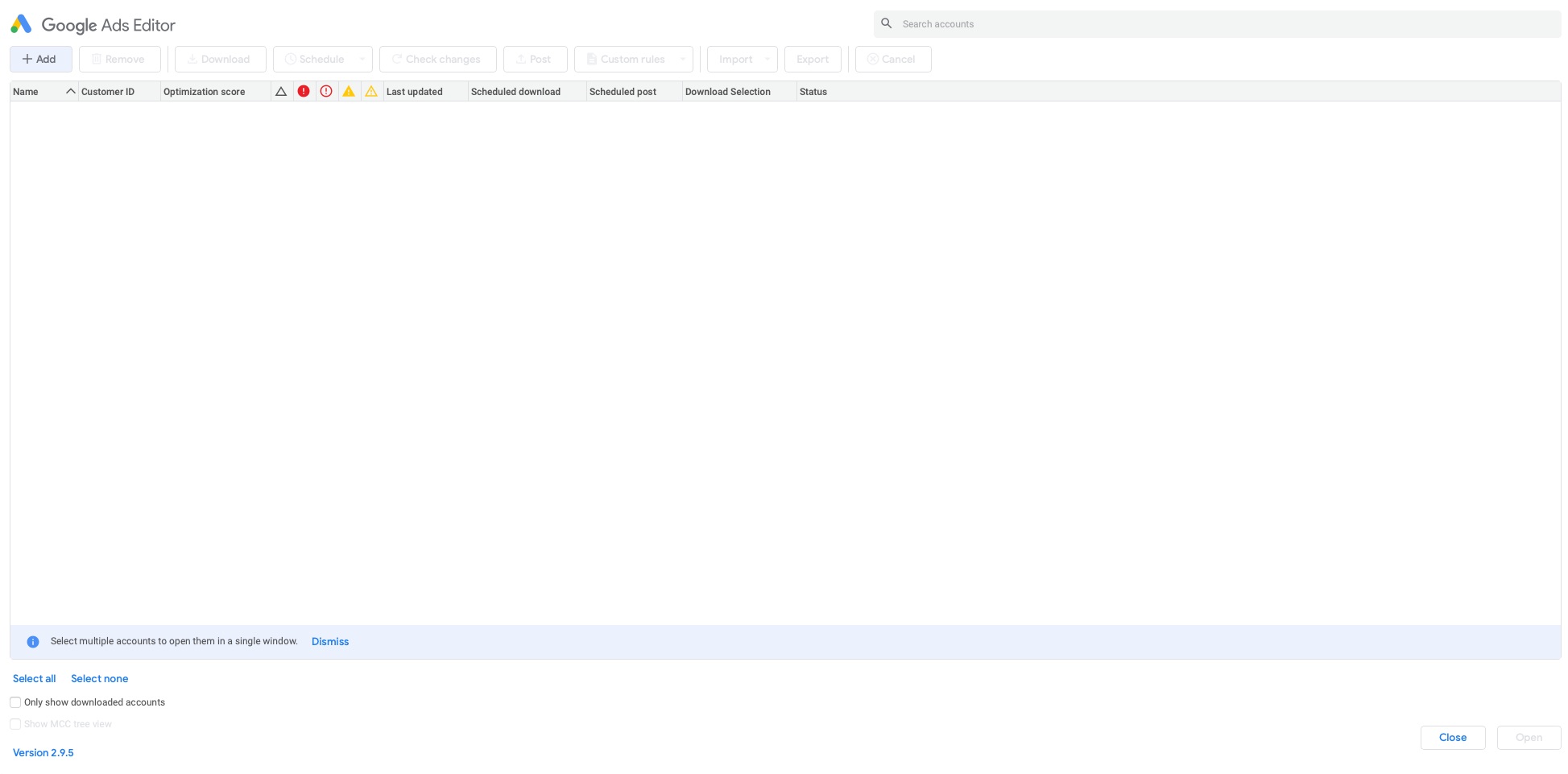
No list would be complete without Google Ads Editor. It remains one of the top free tools for bulk edits and offline changes.
Whenever I launch a new campaign, I import my data into Google Ads Editor and polish everything before going live.
A favorite feature is the find and replace function, which comes in handy when making text tweaks across many ad groups.
Another big help is the error checker, which flags invalid URLs, missing keywords, or disapproved ads. It works like a safety net for each campaign rollout.
Tip: If you plan to run huge campaigns with thousands of keywords, Google Ads Editor helps protect your account structure.
4. SEMrush
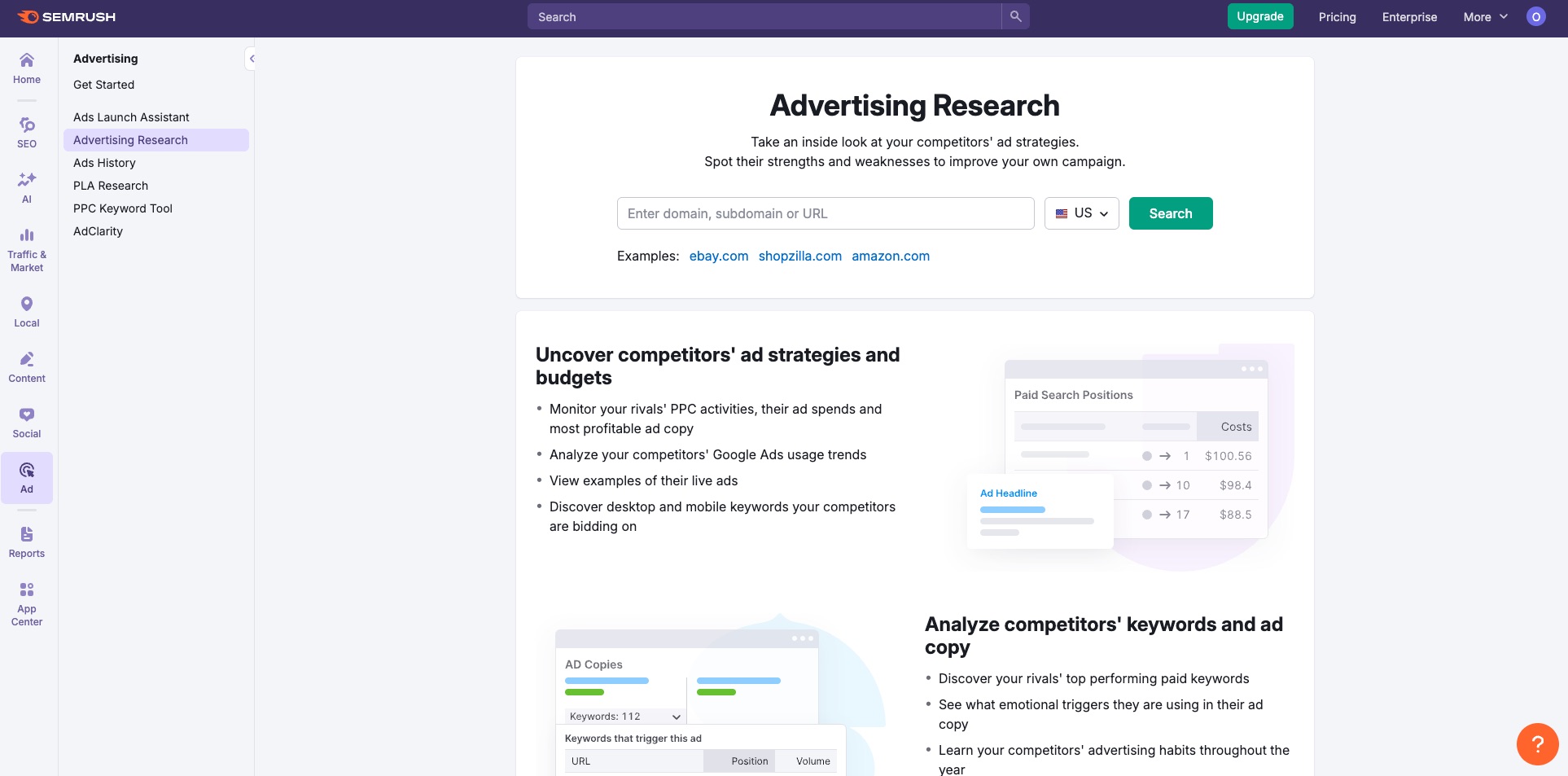
SEMrush is mostly known as an SEO platform, but it also proves useful for PPC, especially if competitive research matters to you.
With SEMrush, I can check which keywords competitors are bidding on, how much they pay, and what their top ads are.
In 2025, they upgraded their PPC interface, making it easier to view expanded competitor insights.
One useful feature is the PPC Keyword Tool. It organizes keywords by match type and groups them for a neat ad group structure.
The Ad Builder also helps draft new ads by using competitor examples as reference points.
What makes SEMrush stand out:
- In-depth competitor analysis, covering keywords and landing pages.
- Easy grouping of keywords to streamline your ad structure.
- A user-friendly tool for finding negative keyword opportunities.
5. SpyFu

I’ve used SpyFu since the early 2010s, and it remains a reliable tool in my lineup. Its main strength is in gathering competitor intelligence.
SpyFu lets you enter a domain and instantly see the keywords they target, what their ads look like, and even how their ad spend is divided. This information is priceless when entering a new market or challenging an established competitor.
In 2025, SpyFu added a feature called Keywords Over Time. This timeline tool shows how competitor campaigns change month by month.
Instead of a single snapshot, you can monitor if a competitor is focusing more on one product line or cutting back on another. That historical view helps in spotting trends.
I once worked on a hot beverage brand’s PPC. SpyFu revealed that a main rival was switching budget from general coffee keywords to more specific, seasonal variants.
We responded early and experienced a clear boost in conversions. Tools like SpyFu give you an edge in PPC.
6. AdEspresso
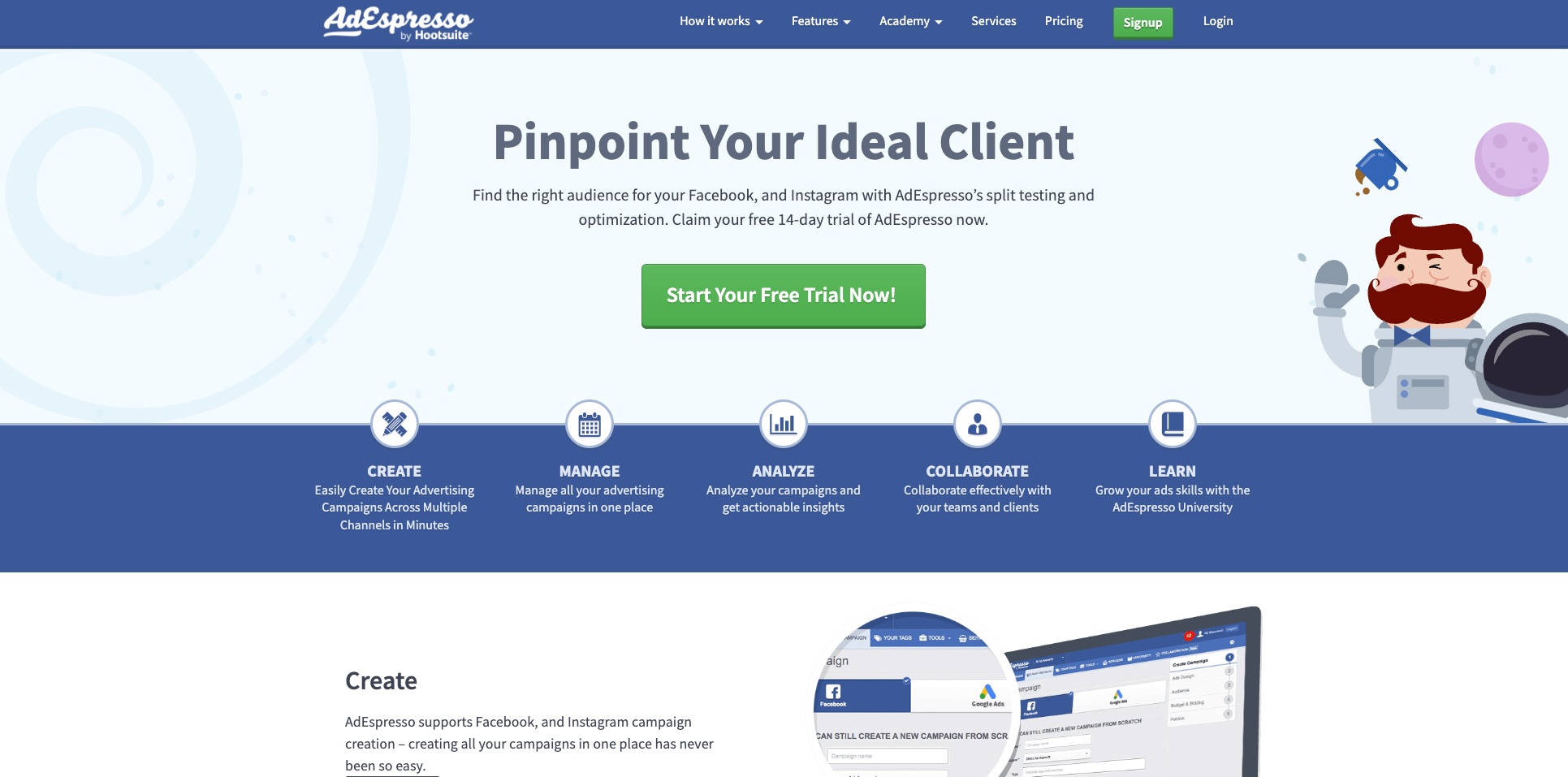
Anyone working with social media pay-per-click knows that Facebook Ads can be complex.
AdEspresso, which first impressed the advertising world years ago, remains innovative. In 2025, it supports multiple platforms, but it’s my go-to for Facebook and Instagram.
I appreciate the simple setup for A/B tests. Even with automation, testing remains essential for clear messaging.
AdEspresso makes it straightforward to create variations in ad headlines, copy, images, or audience segments. It then splits those variations automatically so you can see which version works best.
Reasons to choose AdEspresso:
- Easy setup for numerous ad tests.
- Visual displays indicating which ads perform best.
- A smooth process for creating cross-platform campaigns.
7. Marin Software
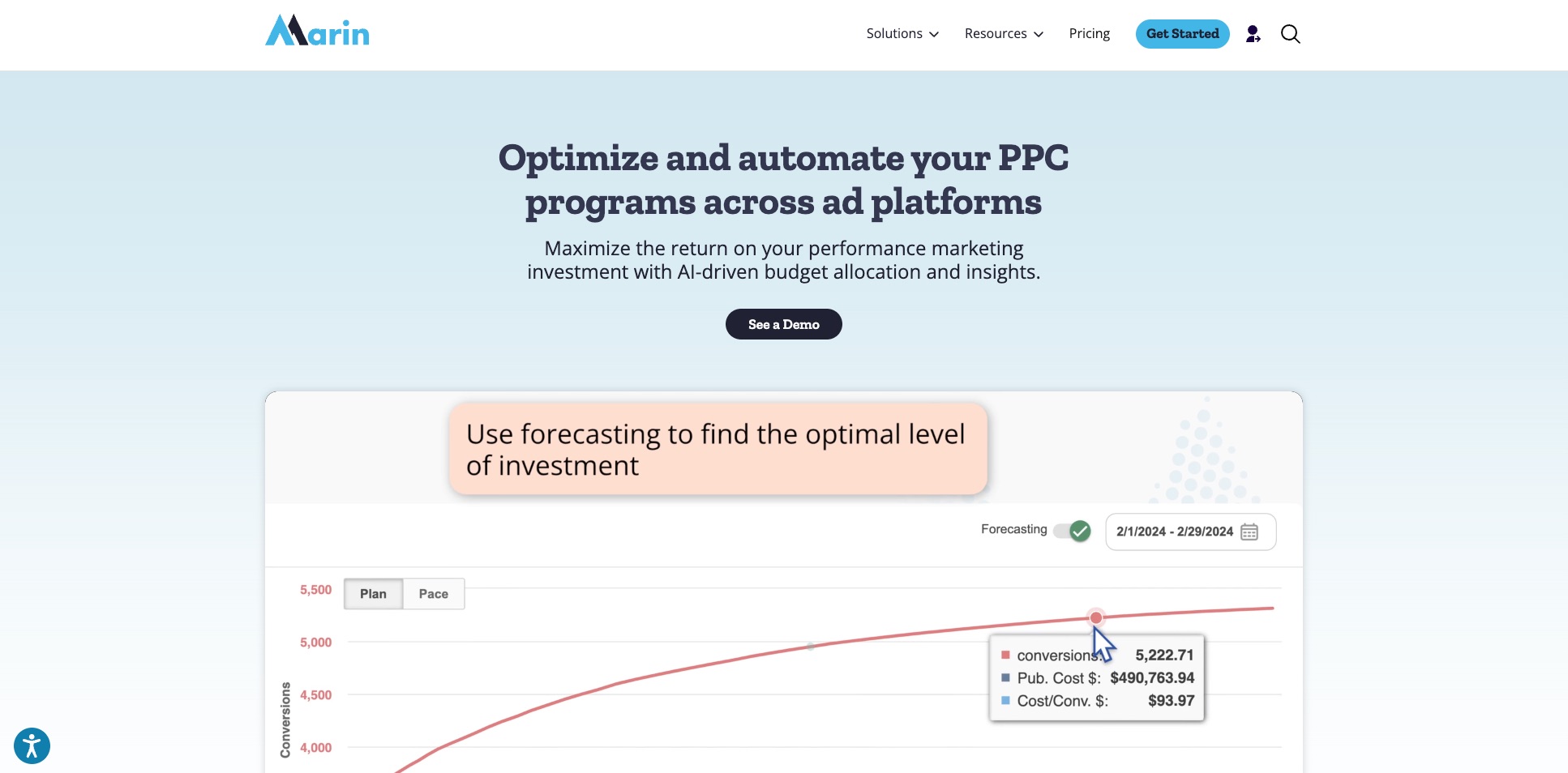
Marin Software is designed for enterprise-level PPC.
If you manage campaigns across Google, Bing, Facebook, and more, Marin offers a single platform to keep things organized.
I value Marin for its flexible bidding strategies. Whether adjusting for conversions, revenue, or clicks, you can set rules that match your objectives.
A standout feature is the advanced forecasting tool. It uses past data to estimate future performance, which is useful when clients need accurate budget predictions.
The platform’s cross-channel attribution also lets you see how each platform contributes to your overall results, keeping your focus balanced.
8. WordStream Advisor
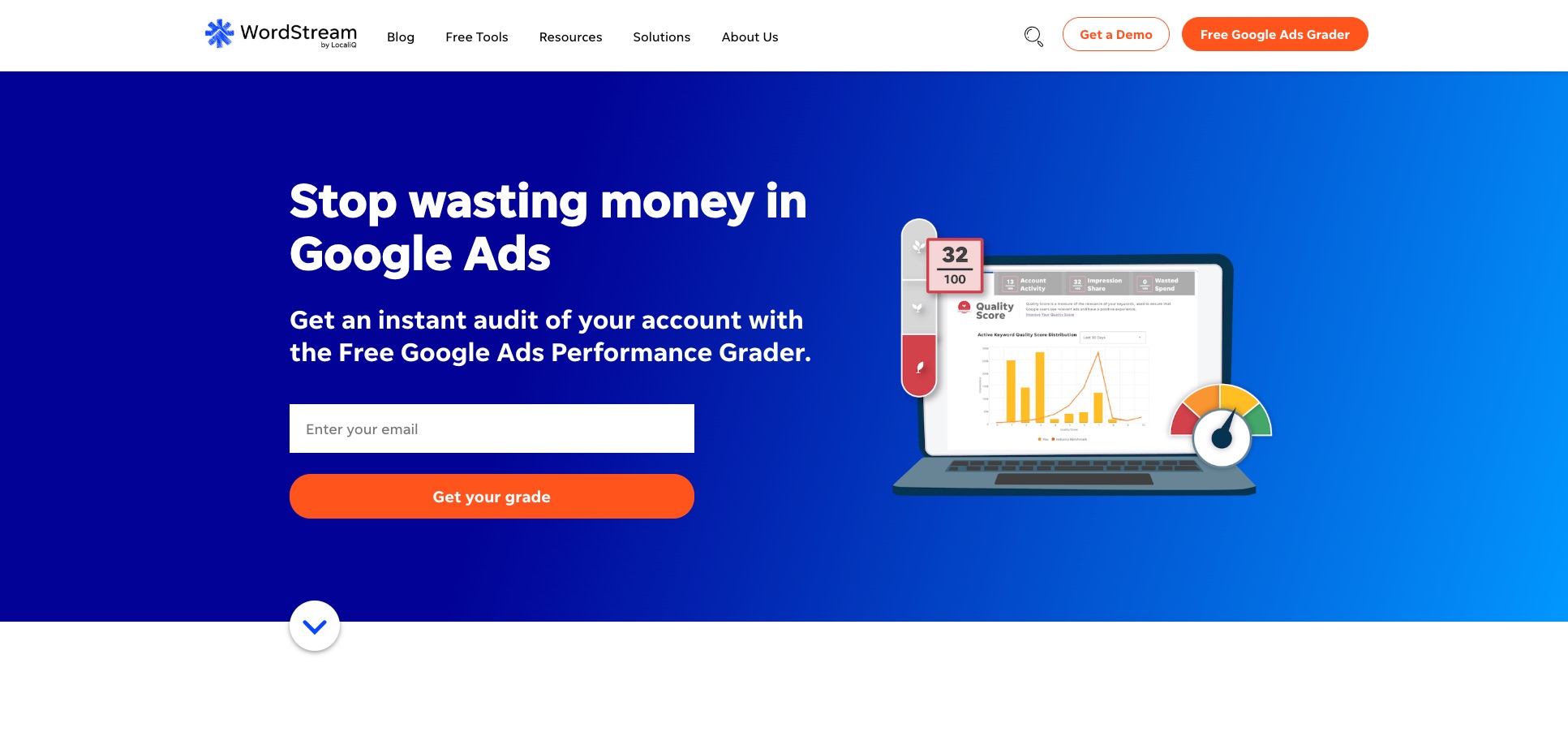
WordStream Advisor was one of my first streamlined PPC management tools and continues to add new features in 2025.
The platform simplifies ad creation, budget recommendations, and performance reporting.
One feature I like is the 20-Minute Work Week, a guided checklist that shows which optimizations should be addressed first.
I recall using WordStream for a local business campaign with a tight budget. The quick-win suggestions included:
- Pause an underperforming ad group.
- Raise bids on keywords that convert well.
- Add negative keywords to reduce irrelevant traffic.
The step-by-step approach made it accessible for less experienced clients, while still highlighting key insights for advanced users.
9. Adzooma
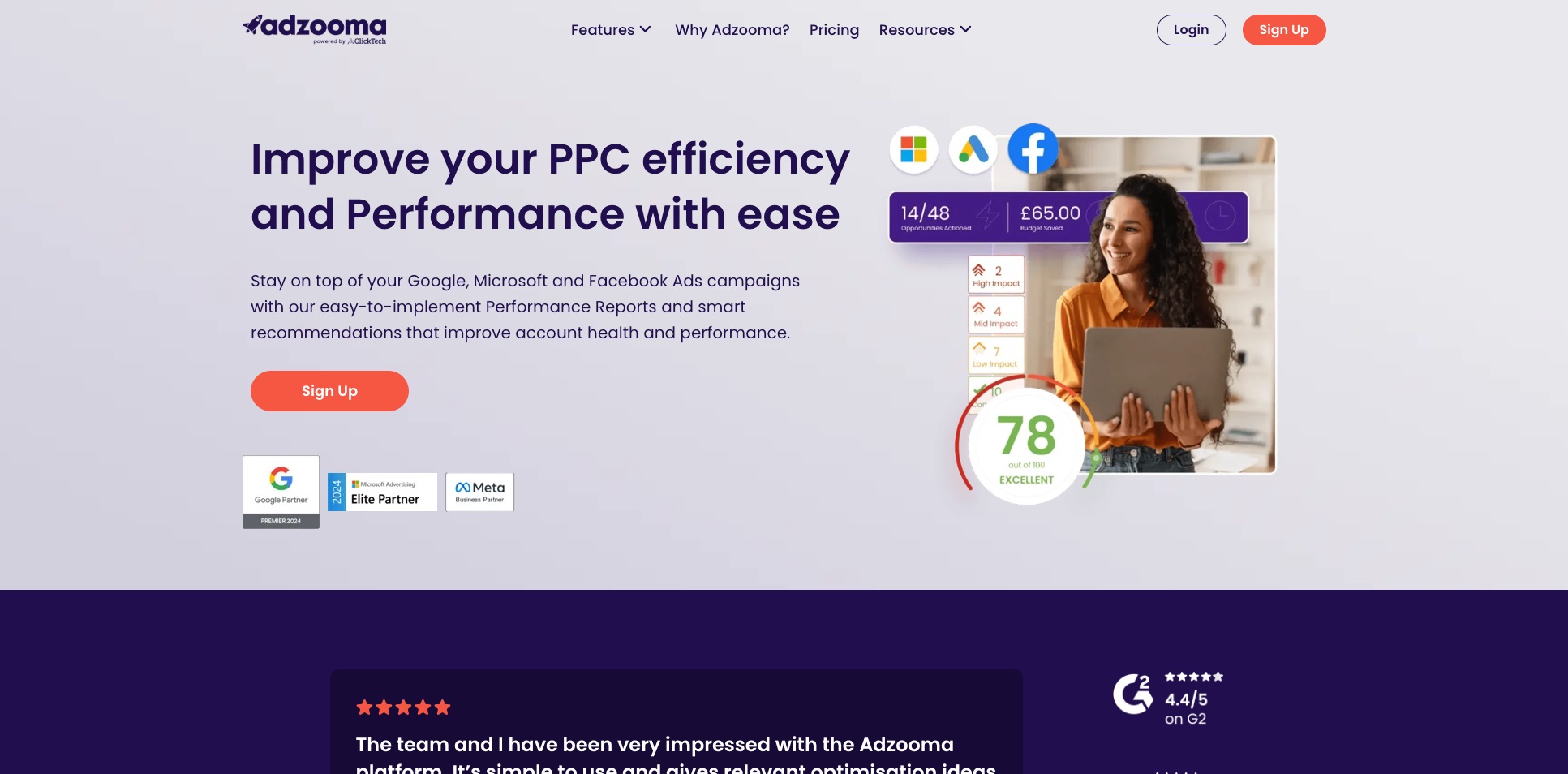
Adzooma does one thing very well: it automates your PPC tasks while giving clear recommendations to improve your campaigns.
It connects with Google, Microsoft, and Facebook ads. When time is short, Adzooma’s AI-driven suggestions help find issues that might be missed otherwise.
Its main strength is the Opportunity Engine.
This feature reviews your account for signs of wasted spend, low-performing keywords, or new segment ideas before offering suggestions with explanations.
You can accept, reject, or adjust these recommendations as needed while staying in control.
I once used Adzooma for a fintech client right before a busy season.
In just a few hours, it identified several keywords that needed negative matches and suggested changing some broad matches to phrase matches. That small adjustment produced a noticeable improvement in ROI.
10. Kenshoo (SkuNexus)
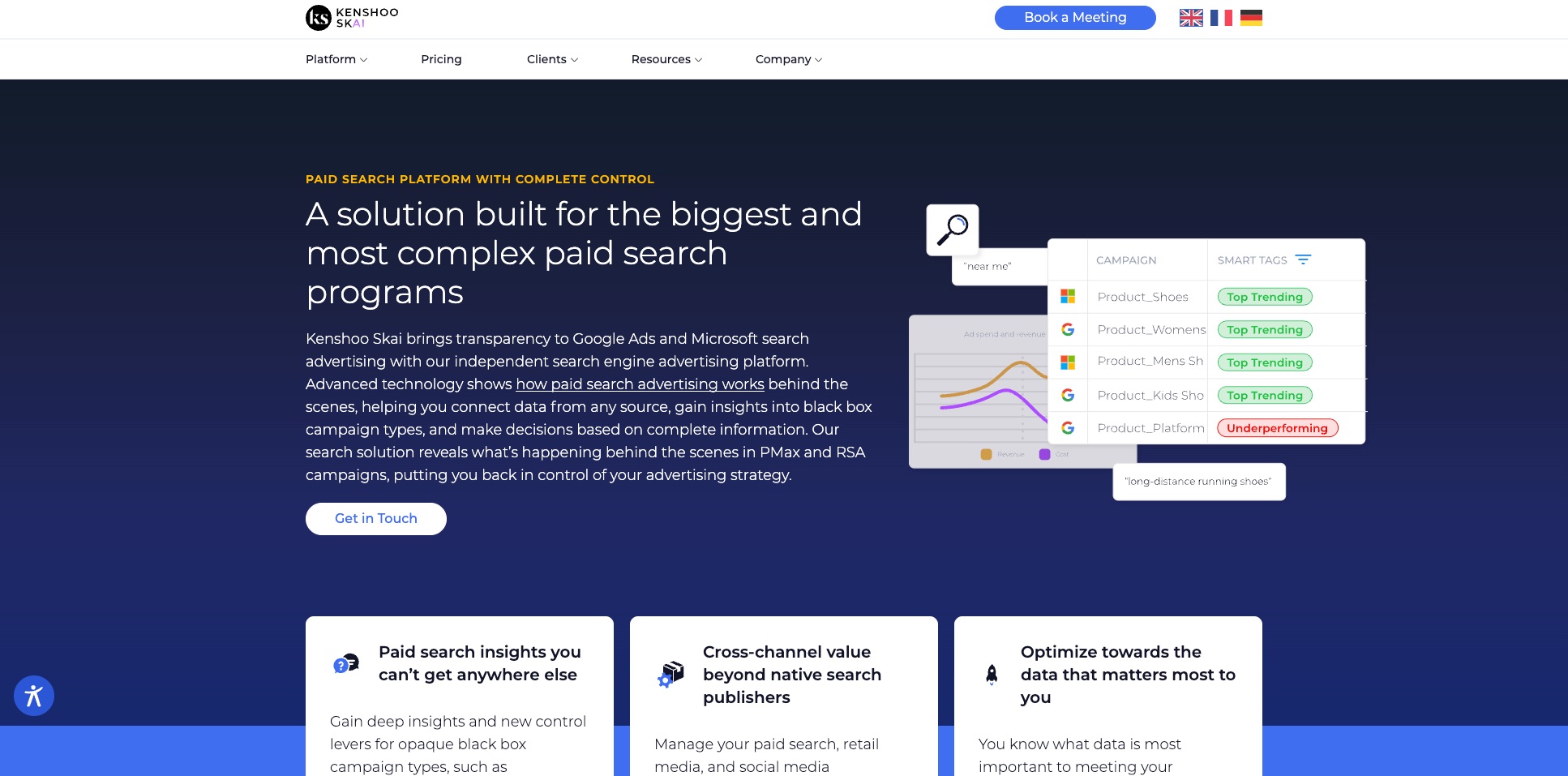
Kenshoo, now known as SkuNexus in 2025, is a strong option for ecommerce PPC. It focuses on Amazon Ads, Google Shopping, and managing advertising across channels.
If you sell products on multiple platforms, this tool lets you oversee everything from sales funnels to return on ad spend.
I handled an ecommerce project with thousands of SKUs. Handling that data manually was overwhelming.
Kenshoo provided a product feed management system that replaced endless spreadsheets with a single portal to update titles, descriptions, and prices. Its data features also offered suggestions for budget adjustments based on real-time performance.
11. AdLabs for Amazon
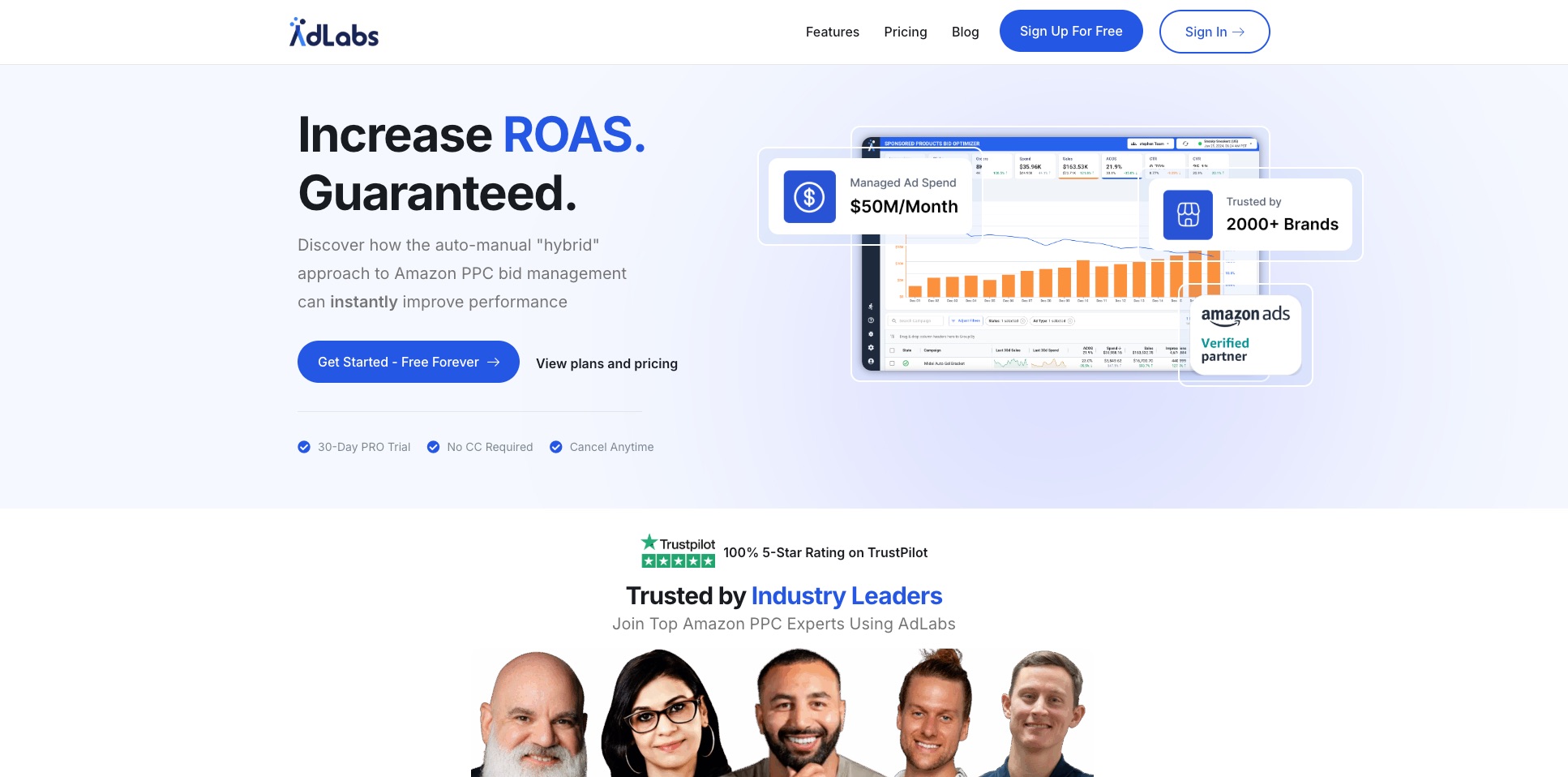
Focusing on Amazon PPC is a different challenge from Google Ads. AdLabs is one of my preferred options in 2025 for improving Amazon campaigns.
It works well for brands with an Amazon store or campaigns with a broad product listing. AdLabs assists with keyword research, real-time bid adjustments, and detailed analytics.
Amazon shoppers tend to be very close to making a purchase. AdLabs caters to that by providing finely tuned campaign segmentation.
I appreciate its dynamic bid rules that adjust CPC based on the chance of conversion for each query. With high competition on Amazon, that granularity is vital for securing profits.
A case in point: A small electronics brand I worked with used AdLabs to spot peak conversion times. We boosted bids during those hours and scaled back when conversions lagged. This strategy raised their return on ad spend by around 20%.
12. ReportingNinja
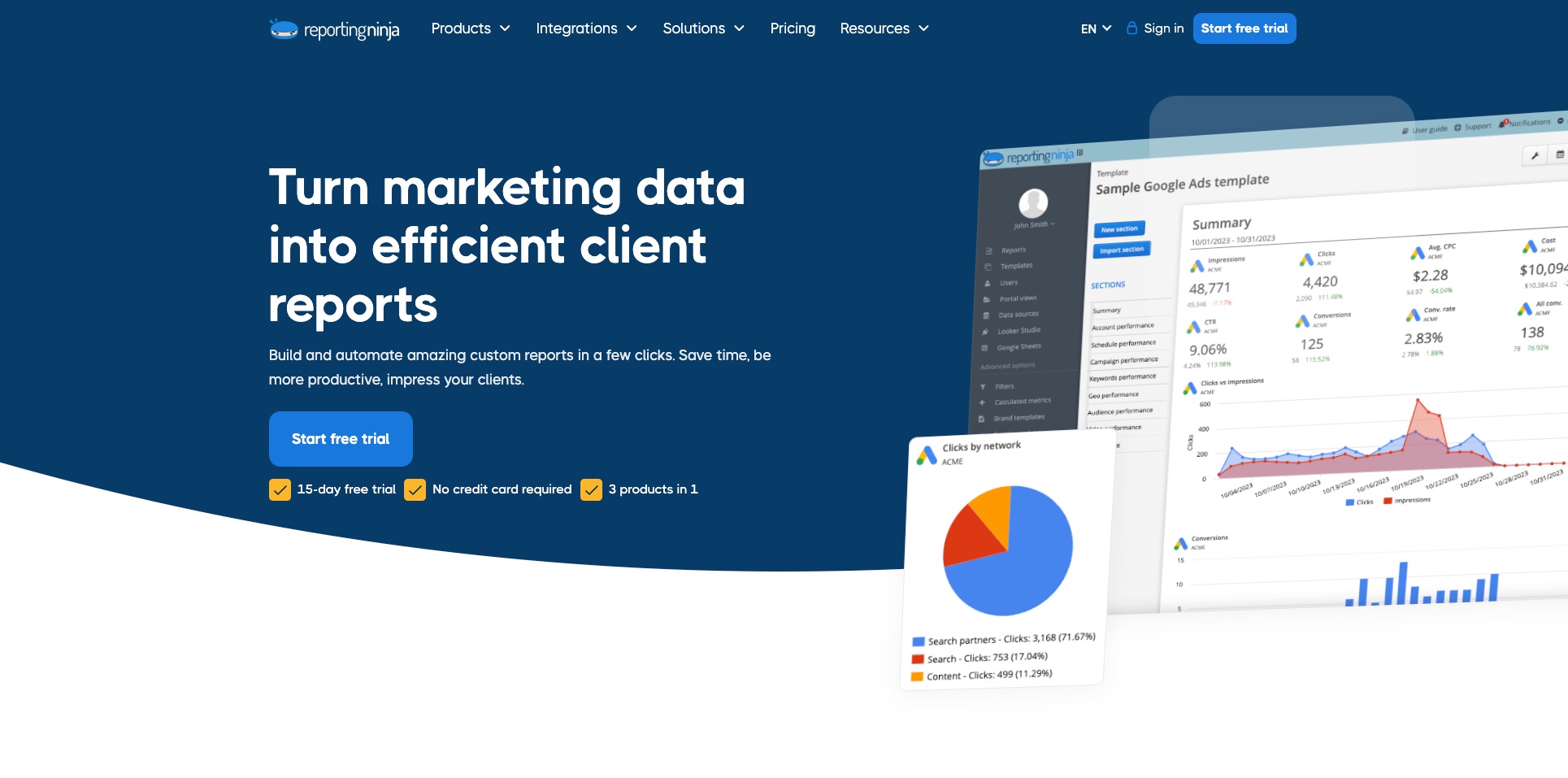
ReportingNinja might not be as well known as some other brands on this list, but it offers a powerful solution for PPC reporting and cross-channel dashboards.
If you’re tired of copying data from different ad platforms into spreadsheets, you’ll enjoy the efficiency it brings.
I usually create custom dashboards that update automatically, and my clients appreciate having one login to see it all.
The tool also offers various data visuals like pie charts, bar graphs, and line charts.
Conditional formatting can highlight any unexpected changes, such as a sudden increase in costs. You can even customize the dashboard with your company’s logo and color scheme.
One feature I like is scheduling daily, weekly, or monthly reports to be sent directly to stakeholders. This automation keeps everyone informed without extra manual work.
13. Acquisio
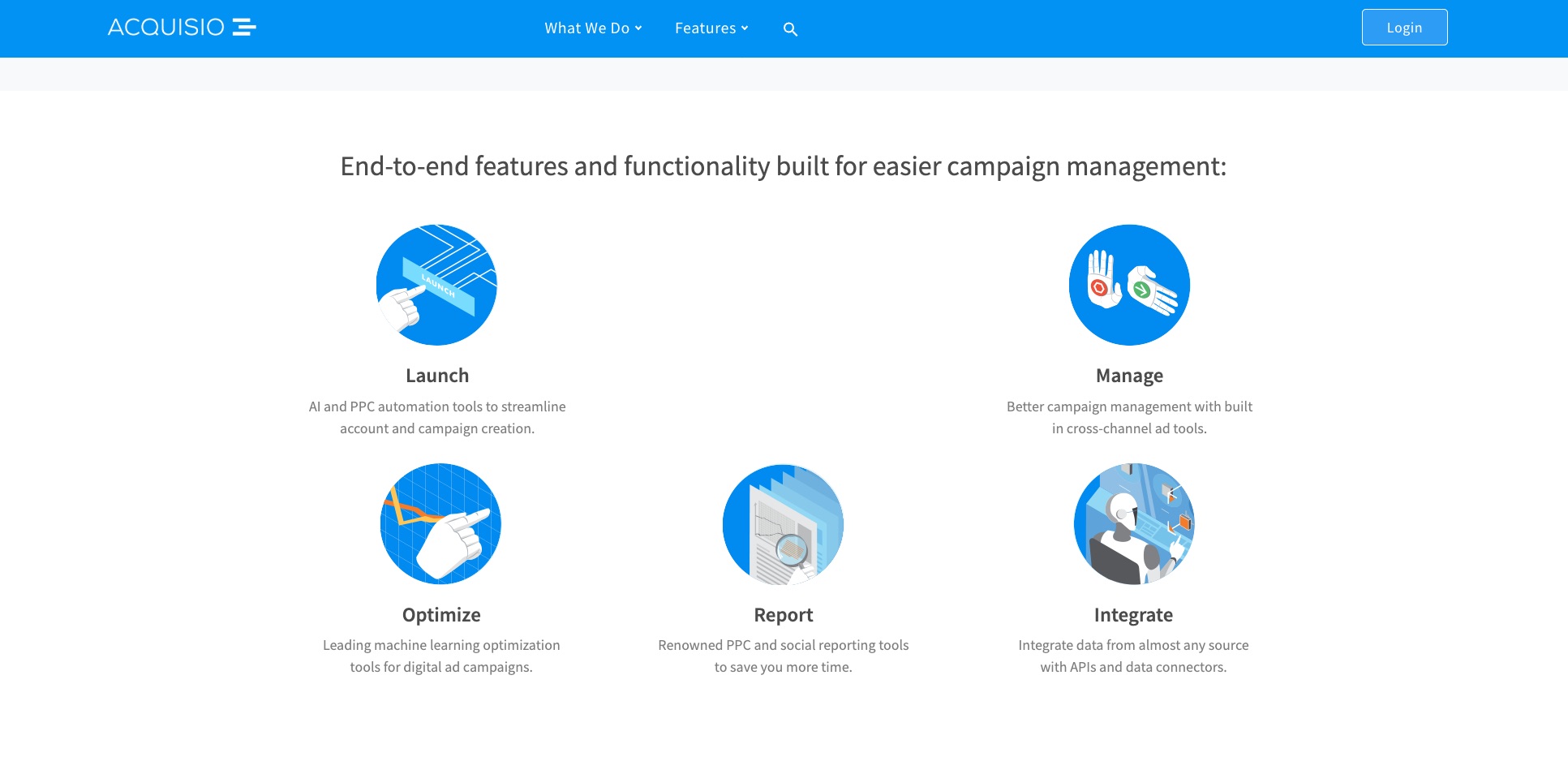
Acquisio rounds out the list with features rooted in predictive algorithms and machine learning. It helps optimize bids across different advertising platforms.
If you have historical campaign data, Acquisio can analyze it and suggest the best approach to maximize conversions while staying within your CPA or ROAS targets.
I was impressed by their Bid & Budget Management feature. It monitors spending to ensure your monthly budget isn’t exhausted too soon.
Acquisio continuously gauges performance signals to systematically adjust bids and make the most of your investment.
Feature Comparison Table
Sometimes, it’s easier to compare features side by side. Below is a quick table highlighting each tool:
Want to try the #1 AI Toolkit for SEO teams?
Our AI SEO assistants helps write and optimize everything - from descriptions and articles to product feeds - so they appeal to both customers and search engine algorithms. Try it now with a free trial→

![The 13 Best PPC Optimization Tools in 2025 [They Don't Suck]](https://cdn.prod.website-files.com/627a5f477d5ec9079c88f0e2/6613aaaa53d5b53093f7b8b3_oskar-mortensen.jpg)









